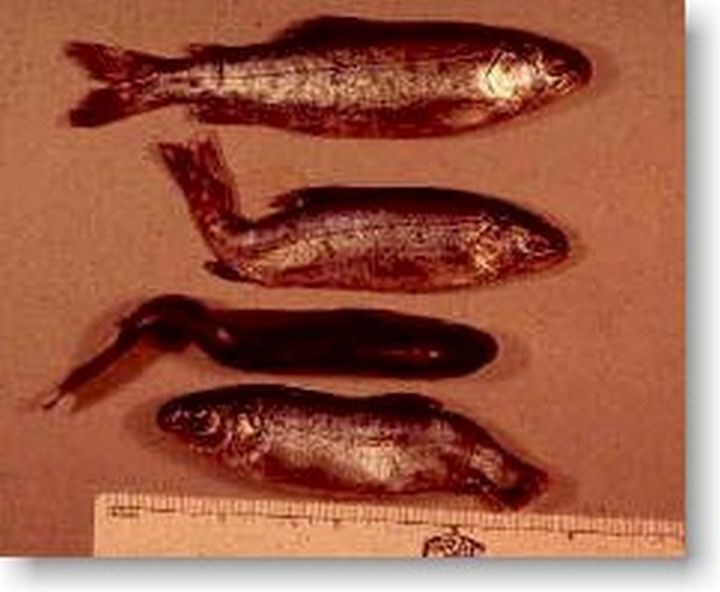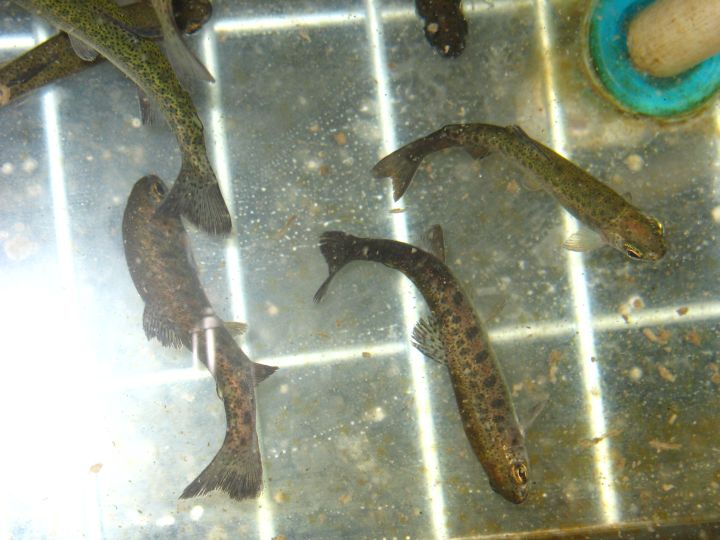Whirling disease has wiped out entire fish populations south of the U.S. border and officials in Alberta are trying to understand what impact it’s had on the Bow River.

Alberta Environment and Parks have surveying planned from Sept. 10-14, checking trout populations for any fluctuation in numbers.
This is the first such survey since the discovery of whirling disease in the Bow two years ago. The first case of whirling disease was discovered in Banff National Park’s Johnson Lake in August 2016.
With a small portion of the Bow River surveyed already, Alberta Environment and Parks senior fisheries biologist Paul Christensen said he’s seen healthy numbers.
“We do see some of the small fish–mountain whitefish, brown trout and rainbow trout–which are all susceptible to whirling disease,” Christensen said “The good news is that when you see really small fish like that in reasonable abundance, that may be an indication that things are OK.”
Christensen added that while consistent population numbers are encouraging, they may also be a sign the full effect of whirling disease hasn’t hit the Bow River just yet.
“We may be past the worst; we may have already experienced infection and now we’re on the recovery trajectory,” Christensen said. “But if it’s been having sublethal effects on the population, the worst may be yet to come.”
A University of Calgary study suggested Bow River rainbow trout numbers were down 50 per cent from 2003 to 2013. The study listed whirling disease as a contributing factor to the decline in population.
“General patterns from all models indicated the population declined throughout the study. Potential stressors to this system that may have contributed to the decline include whirling disease, which was detected for the first time in 2016, notable floods, and release mortality.”
Whirling disease affects the nervous systems and cartilage of young fish, causing them to swim in constant circles and eventually die.
The disease has decimated rainbow trout populations in Montana and has been found in 25 states across the U.S.
Whirling disease is not harmful to humans or pets but is spread easily between bodies of water.
Officials are reminding river users to clean, drain and dry all boats and fishing gear after every trip. Any sign of whirling disease, such as deformed fish or erratic swimming behaviour, should be reported to Fish and Wildlife.





Comments